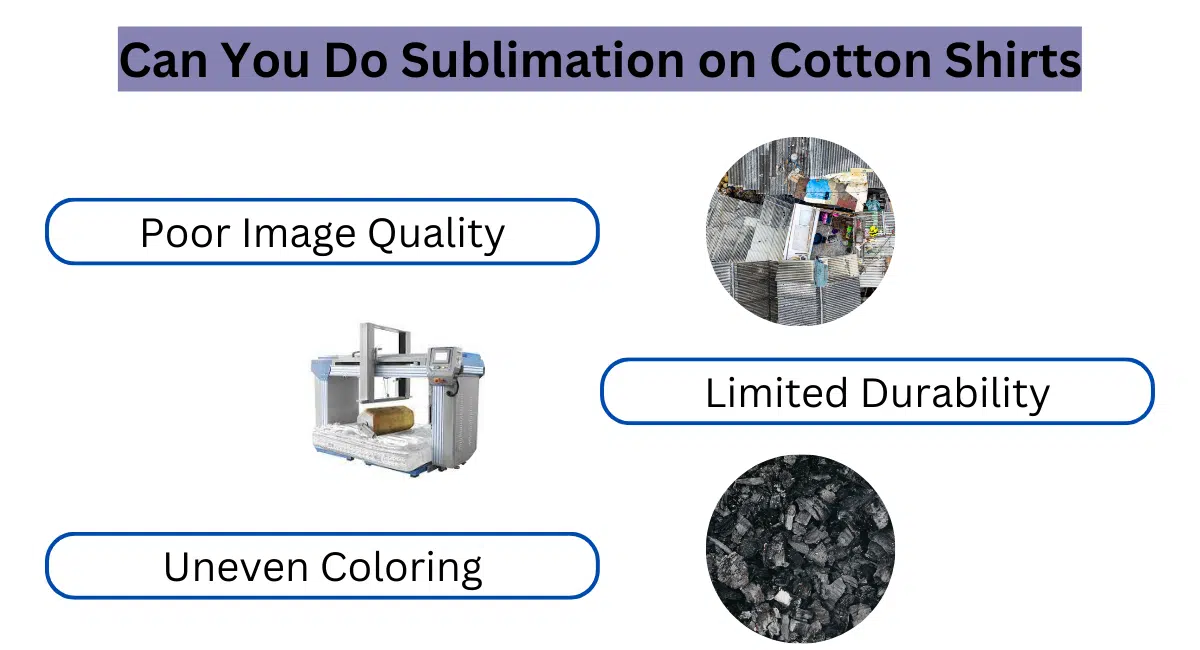How Does Temperature Affect Crystallization?
Temperature is a critical parameter that significantly influences crystallization processes. It affects the nucleation stage, crystal growth rate, crystal size, solubility, and the selective crystallization of components.
Temperature’s Influence on Crystal Formation
Nucleation is the initial stage of crystallization, where tiny crystal nuclei form and serve as the building blocks for further crystal growth. Temperature significantly influences nucleation. Generally, higher temperatures promote faster nucleation due to increased molecular motion and collisions within the solution. Higher temperatures provide more energy for molecules to overcome activation energy barriers, leading to a higher rate of nucleation.
Temperature’s Impact on Rate and Size
Temperature has a direct impact on the rate and size of crystal growth during crystallization. Higher temperatures typically accelerate crystal growth by increasing the mobility of solute particles. The increased thermal energy allows solute molecules or ions to move more freely, facilitating their attachment to the crystal lattice. As a result, crystals grow at a faster rate at higher temperatures.
On the other hand, lower temperatures slow down crystal growth. Reduced thermal energy restricts the mobility of solute particles, making it more difficult for them to attach and incorporate into the crystal lattice. This can lead to slower growth rates and smaller crystal sizes.
Temperature’s Influence Solubility and Supersaturation
The temperature has a profound impact on the solubility of solute molecules or ions in a given solvent. In general, as temperature increases, the solubility of most substances also increases. This is because higher temperatures provide more energy to break intermolecular forces, allowing for greater solute-solvent interactions and increased solubility.
However, there are exceptions to this rule. Some substances exhibit a decrease in solubility with increasing temperature, known as retrograde solubility. In such cases, crystallization occurs when the solution becomes supersaturated, meaning it contains a higher concentration of solute than what is normally achievable at that temperature. Cooling such a supersaturated solution can trigger crystallization.
Temperature’s Role in Selective Crystallization
Temperature can also play a role in selective crystallization, particularly when purifying a mixture. By controlling the temperature, it is possible to encourage the crystallization of one component while keeping other impurities in the solution. This relies on the different solubility of the components at varying temperatures. By carefully adjusting the temperature, it is possible to selectively crystallize the desired component, thus achieving purification.
Temperature Gradient Techniques: Utilizing Temperature for Controlled Crystallization
In some cases, temperature gradients are employed to control the crystallization process. By creating a controlled variation in temperature across the system, it is possible to induce the migration of solute particles and control the crystal growth direction. This technique, known as gradient crystallization, allows for the formation of desired crystal shapes and structures by manipulating temperature differences.





Leave a Reply